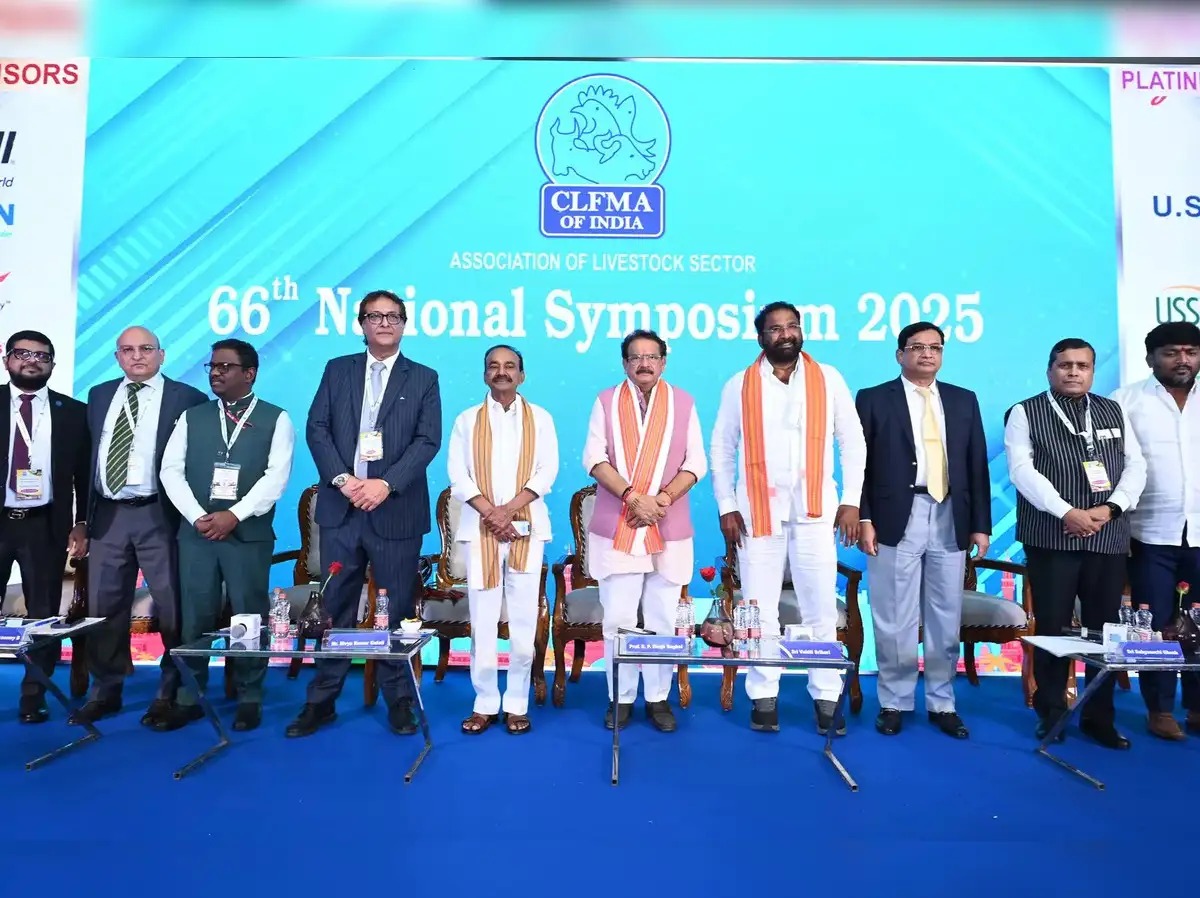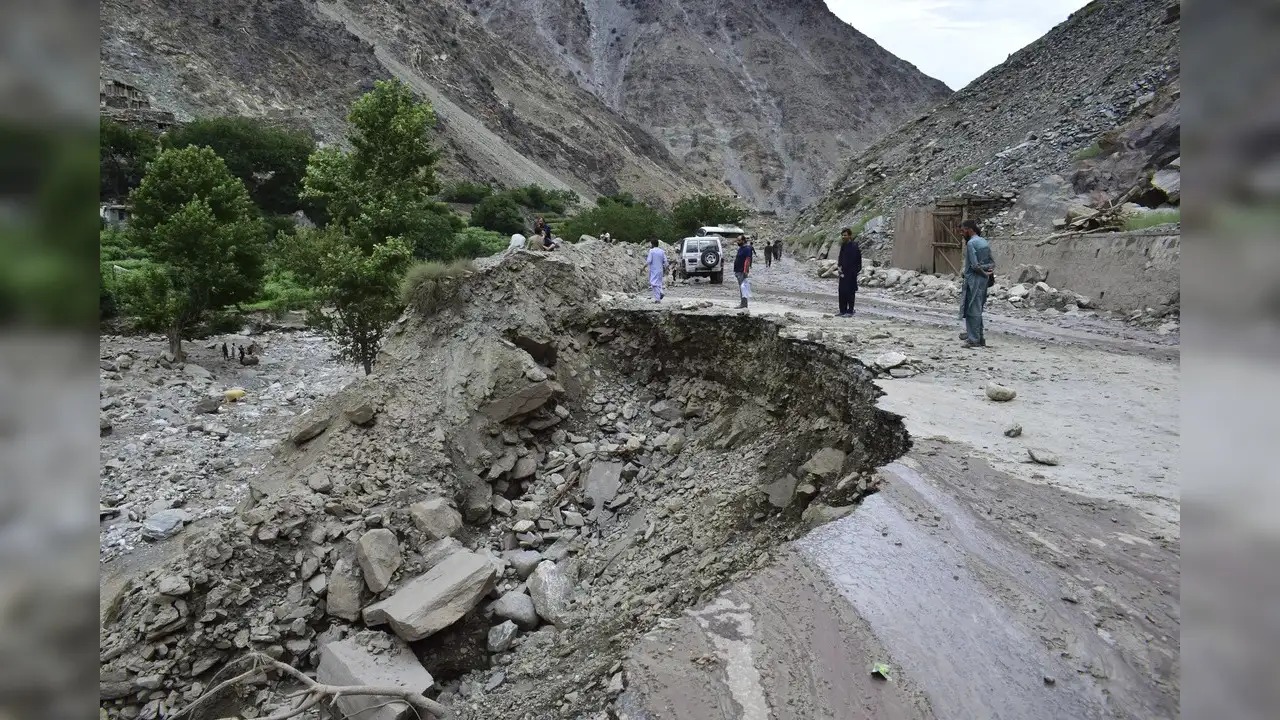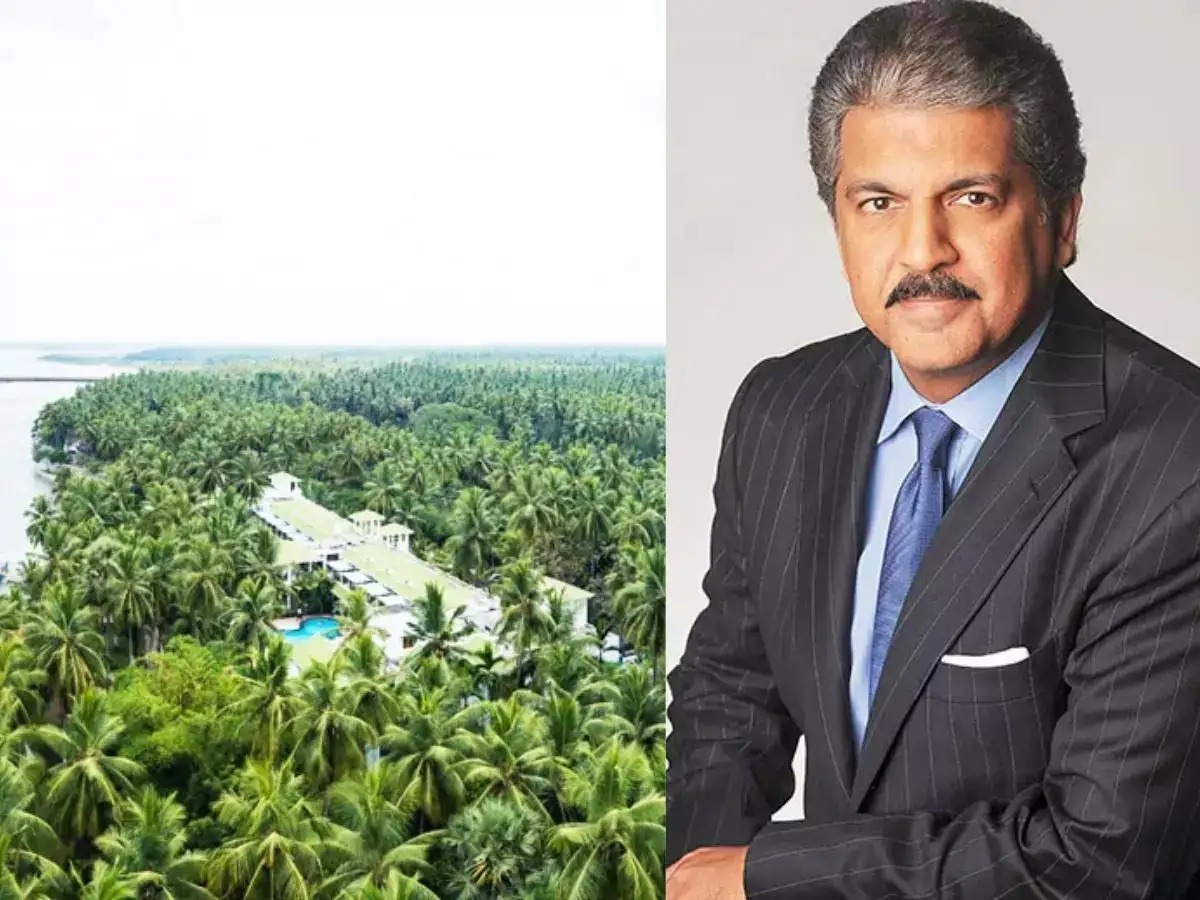 Image Source : The Economic Times
Image Source : The Economic Times
India’s livestock sector, already a global leader in production, stands at the threshold of an export-driven transformation, according to top industry voices at the recent Compound Livestock Feed Manufacturers Association (CLFMA) of India’s 58th Annual General Meeting and 66th National Symposium held in Hyderabad. The event, themed “Animal Agriculture in India – The Way Forward,” brought together policymakers, industry leaders, and government officials to map out a bold blueprint for elevating India’s standing from the world’s largest producer to a key global livestock exporter.
Key Highlights From The Symposium
India houses the world’s largest livestock population and contributes 13% of global milk production, underscoring its pivotal role in agriculture and rural livelihoods.
The sector accounts for over 30% of India’s agricultural gross value added (GVA) and 5.5% of the national economy, positioning it as a critical driver of growth and nutrition security.
CLFMA advocates for the introduction of Export Oriented Zones (EOZs) and the creation of a Livestock Export & Domestic Development Authority to streamline operations and incentivize exports.
Emphasis on strengthened cold-chain infrastructure, improved processing capabilities, and accelerated adoption of technological innovations to enhance productivity and product quality.
Proposed regulatory simplification aimed at boosting ease of doing business and facilitating domestic and international trade.
Strategic government-to-government collaborations and coordinated branding initiatives through Free Trade Agreements (FTAs) to diversify and expand global market access.
Inclusion of experts and ministers such as Prof. S. P. Singh Baghel, Minister of State for Fisheries, Animal Husbandry & Dairying, and Vakiti Srihari, Minister for Animal Husbandry in Telangana, signaling strong government backing.
Vision For Growth And Export Competitiveness
The Chairman of CLFMA, Divya Kumar Gulati, emphasized that while India currently leads in livestock production, there is vast untapped potential in leveraging these strengths for export growth. India’s livestock sector is integral to sustainable rural livelihoods and national food security. With targeted policy measures, better infrastructure, and a proactive regulatory environment, India can enhance its global competitiveness in animal agriculture.
Key aspects of the growth vision include:
Developing Export Oriented Zones to create conducive ecosystems that integrate production, processing, and export activities.
Establishing a Livestock Export & Domestic Development Authority to serve as a specialized regulatory and promotional body focused on seamless domestic and export market operations.
Ensuring access to raw materials at global price parity to reduce input cost pressures and improve profitability.
Introducing simpler regulatory frameworks to ease compliance for exporters and reduce operational hurdles.
Leveraging bilateral and multilateral trade agreements to expand market reach and strengthen India’s brand as a trusted livestock exporter.
Improving cold-chain and logistics infrastructure to maintain quality and safety standards required by international markets.
Accelerating modernization and innovation adoption to align with global best practices in animal health, feed management, and sustainable farming.
Government’s Role And Industry Participation
The event underscored robust government support, with ministers indicating a strong focus on balancing rural livelihoods, nutritional needs, and export growth. Policies aimed at boosting skill development for farmers, enhancing animal health systems, and promoting sustainable farming practices formed a crucial part of the discussions.
Minister Prof. S. P. Singh Baghel highlighted the government's commitment to producing responsibly and sustainably, ensuring a balance between economic growth and environmental protection. The symposium also emphasized the need for a collaborative approach among policymakers, scientists, industry players, and farmers to co-create solutions that will define the future of India’s animal agriculture sector.
Roadmap For The Future
The symposium featured thematic sessions covering diverse facets such as dairy competitiveness, poultry sector opportunities, aquaculture development, feed and raw material challenges, and animal health management. These discussions are expected to fuel collaborative strategies to overcome current challenges, including input cost volatility and geopolitical trade dynamics.
CLFMA’s ambitious agenda points to a future where India not only meets growing domestic demand but also becomes a dominant force in global livestock trade, benefiting farmers, businesses, and consumers alike through sustainable growth.
Source: Compound Livestock Feed Manufacturers Association (CLFMA) of India, The Hans India, Krishi Jagran, Economic Times
Advertisement
Advertisement





